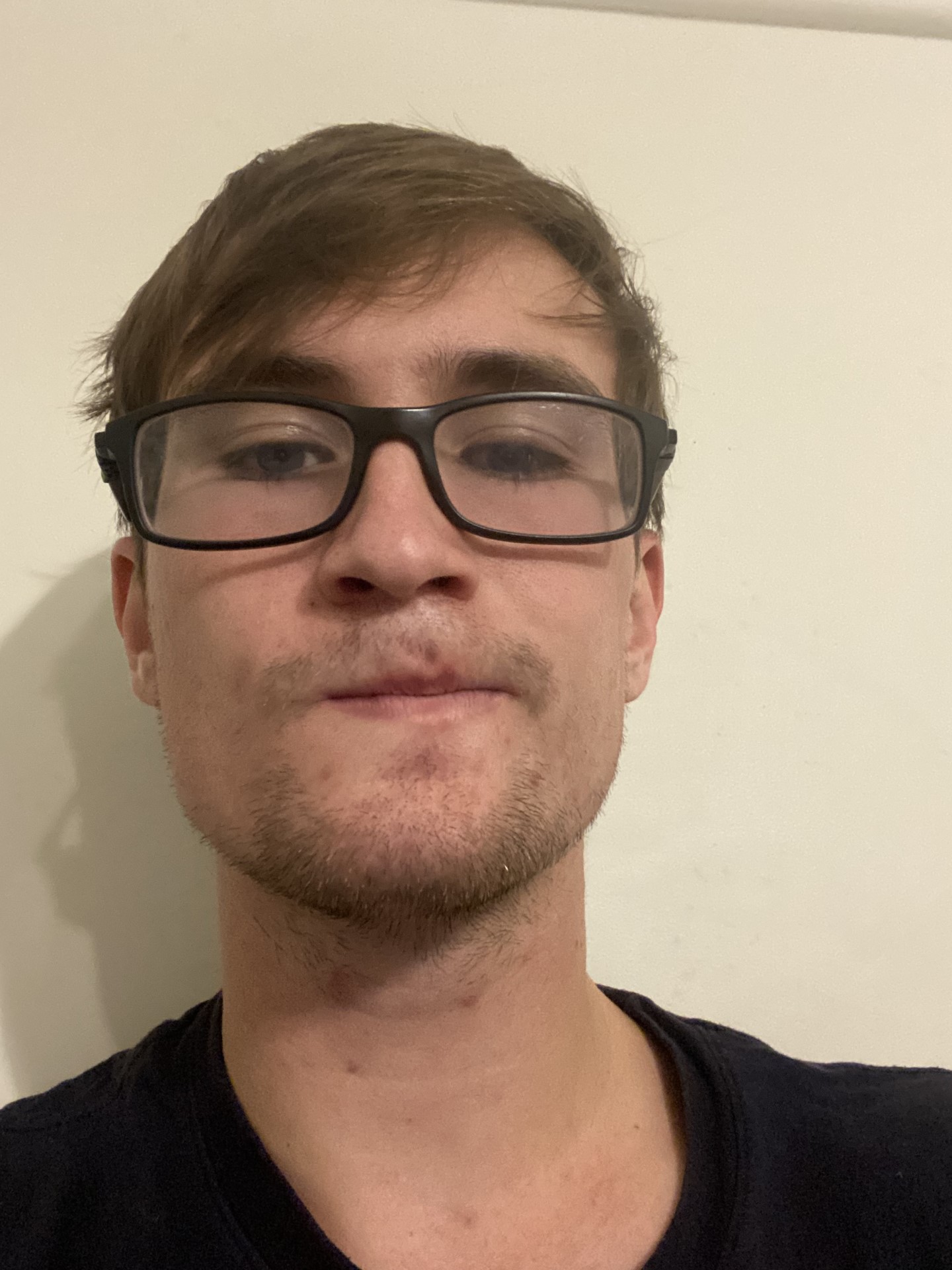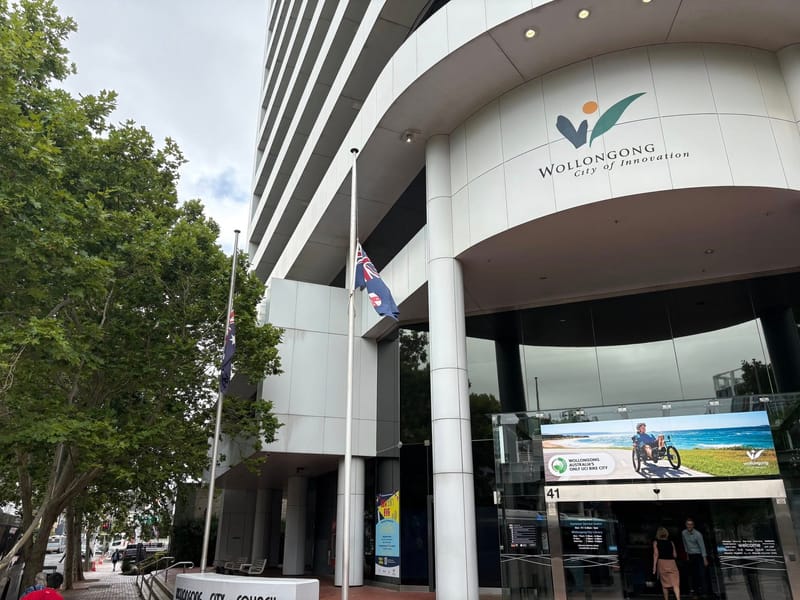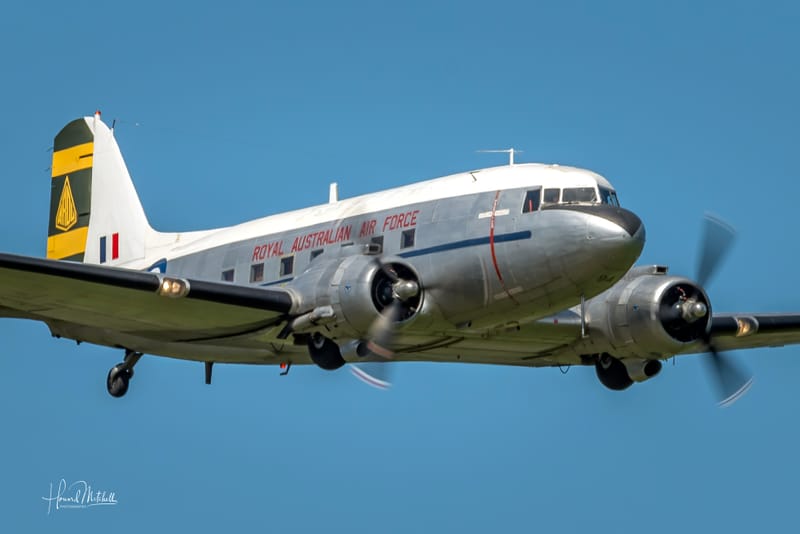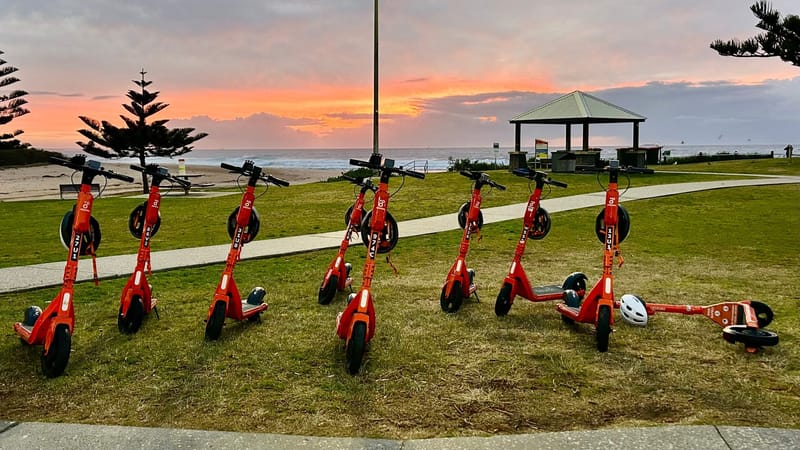GoodSAM volunteers help keep patients alive, while paramedics arrive
Otford local Robert is a GoodSAM volunteer, ready to step in in give chest compressions and use a defibrillator in the critical minutes before an ambulance arrive. It’s role that can save a life, and particularly valuable in the northern Illawarra, where summer traffic clogs up roads.
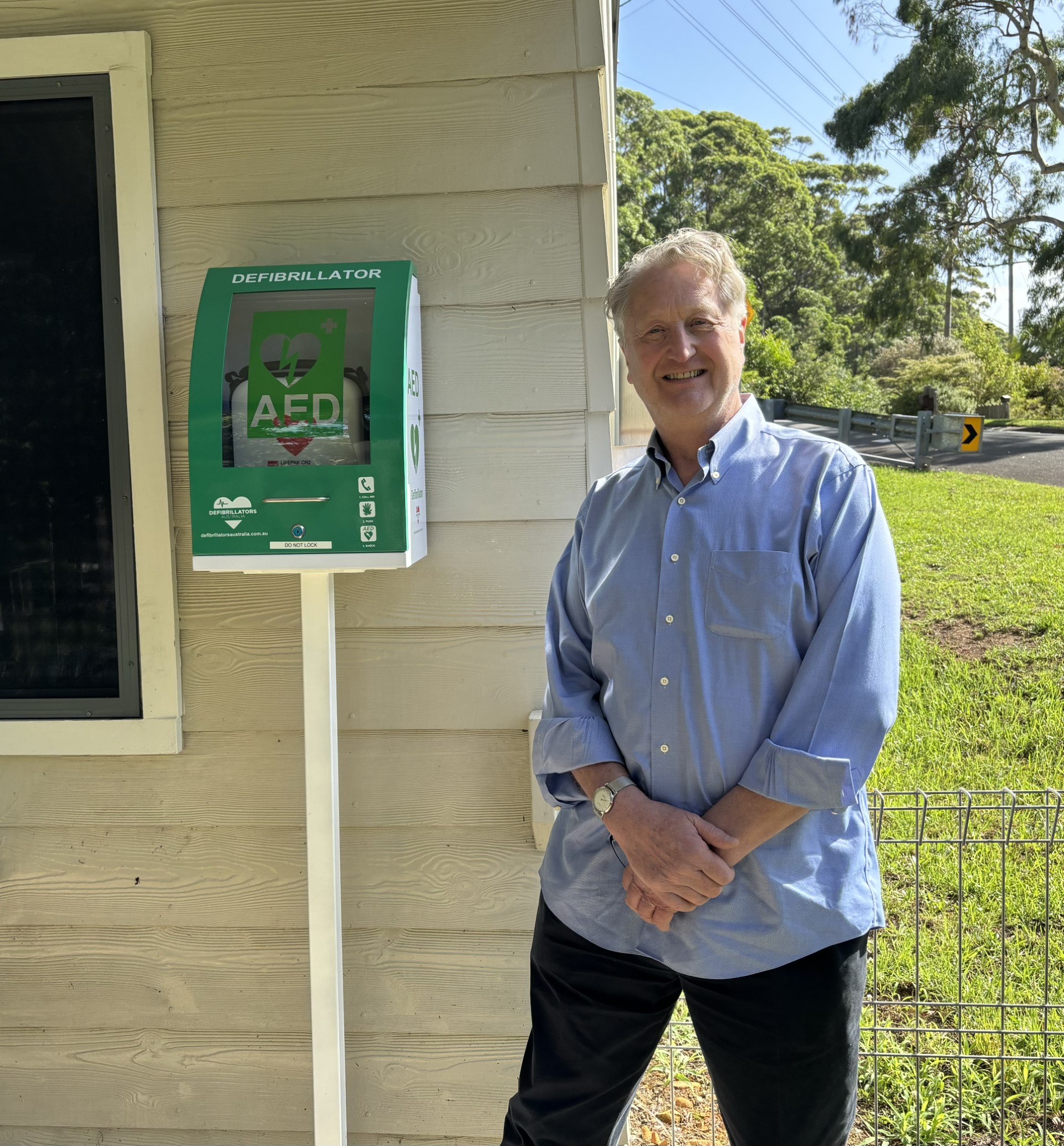
Otford local Robert is a GoodSAM volunteer, ready to step in to give chest compressions and use a defibrillator in the critical minutes before an ambulance arrives. It’s a role that can save a life and is particularly valuable in the northern Illawarra, where summer traffic clogs up roads.
“Even the best-intentioned ambulance service are sometimes going to have trouble getting to the patient,” Robert said.
“It effectively means I can give someone who’s had a cardiac arrest the best chance of survival.
“You know, everyone would love to have a hospital on the corner of the street but unfortunately you can’t.”
For every minute a patient doesn’t get chest compressions, or Cardio-Pulmonary Resuscitation (CPR), their chances of survival fall by 7-10%. Partnered with NSW Ambulance, the GoodSAM program aims to improve response times for cardiac arrests by training volunteers in emergency first aid and introducing automated external defibrillators (AEDs) in key areas, such as Otford Community Hall.
Otford’s AED is located on the outside of the Community Hall with a straightforward three-step guide on the device’s container, so almost anyone can use it effectively.
“There are a lot of defibrillators around, but they're all usually operating within hours, or they're locked away in a building somewhere and you can't get to them,” Robert said.
“This is why a publicly accessible defibrillator is such an important thing, that it's there on the outside and so anyone can come in and use it if it's needed.”
GoodSAM project officer Monika Sitwoski said: “Locations of AEDs are also important, as they should be publicly accessible and available 24 hours.
“There are no legal ramifications surrounding businesses or owners of AEDs who provide a publicly accessible AED.”
Robert said while AEDs are available in our villages within working hours, we need more AEDs that are accessible 24/7. “They are needed from Helensburgh down to Bulli.”
A Wollongong City Council spokesperson said: “We support the community by maintaining AEDs available for use at our Council-managed facilities. This includes at our patrolled beaches, pools, many of our sporting facilities, community centres, halls, and libraries.
"The NSW Government has a searchable map of registered AEDs available on its website. Council is supportive of any state-wide initiative to install and maintain publicly available AEDs in additional community spaces.”
Each GoodSAM volunteer can set a distance radius of up to 500km for their call-outs; Robert has chosen to keep his at 3km.
He started volunteering about three months ago and has received one alert, which was called off as an ambulance arrived in time. It did impress him with the support provided.
“Once you're in the call, you get support from the ambulance service either by video link from your phone or by SMS,” Robert said.
“So, you're not rushing somewhere by yourself… you've got people backing you up."
Anyone willing to help people in need can volunteer to be a GoodSAM responder.
“Importantly, the greatest concerns for people who are asked to volunteer is regarding litigation and training,” Monika said.
“Volunteers do not need any formal training to be a GoodSAM responder, they just need to be willing and able to provide hands-on chest compressions and be over 18 years of age.
“We know that any attempt at chest compressions is better than no attempt at all.”
On its website, GoodSAM shares videos on how to perform CPR and explains how you are covered as a Good Samaritan under the Civil Liability Act 2002 (NSW).
“The more volunteer GoodSAM responders and AEDs registered with GoodSAM, the greater the chances someone has of surviving an out-of-hospital cardiac arrest,” Monika said.
Robert said: “It is such a simple thing, it’s not complex, you're just pushing effectively on somebody's chest.
“It's valuable for your community and it also helps the ambulance service out.
“You can imagine if a service knows that there's someone there providing good compressions and heart defibrillation, they don't have to really risk their own life rushing and it reduces their stress a little bit by knowing there's someone on site.”
To learn more and to sign up to be a GoodSAM volunteer, visit the NSW Ambulance wedsite

